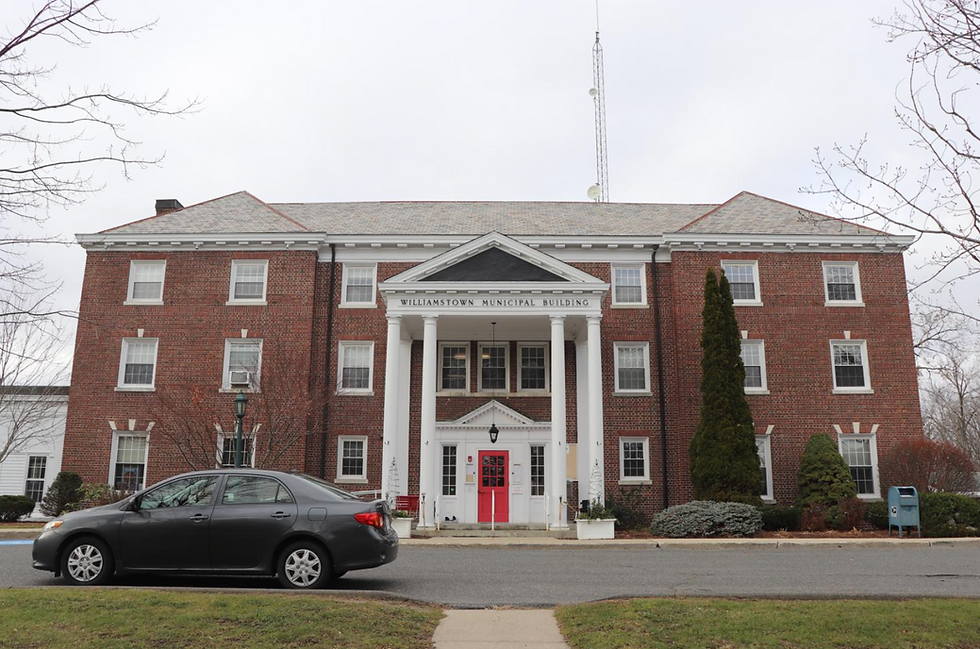Are property taxes fair?
- Stephanie Boyd
- Jul 23, 2023
- 3 min read
Recently a study by Dr. Christopher Berry, of the Harris School of Public Policy, at the University of Chicago, got me thinking about property taxes again. You may have seen an earlier post about Residential Tax Exemption here.
Berry and his team conducted the first ever national study on property tax in 2020. His work has shown up in the Washington Post, March 2021, in a an article titled Homes in poor neighborhoods are taxed at roughly twice the rate of those in rich areas, study shows and the New York Times, April 2021, in an opinion piece titled - "How Low Income Americans get Cheated on Property Taxes'".
Nationwide, from 2007 to 2016, homes in the bottom 10 percent of property values were taxed, on average, at an effective rate that was twice as high as the rate for homes in the top 10 percent of property values.
How does this happen? Homes at the higher end of the price scale are assessed at lower than their selling price and those at the lower end are assessed higher than the sales price.
In Berkshire County, according to Berry's data, the most expensive homes were assessed at 85.9% of their value and the least expensive homes were assessed at 116.0%. You can search the interactive reports here, Property Tax Fairness, from the Center for Municipal Finance.
In Figure 2.1 below, from An Evaluation of Property Tax Regressivity in Berkshire County, Massachusetts, the dashed line represents the Sales Ratio (calculated as Assessed Value/Sales Price) for the years 2013-2020. The solid line represents 2020 data. If the Sales Ratio is greater than 1, the home is over valued and if it less than 1, it is undervalued. The difference between the Sales Ratio across housing price ranges is also an important consideration. Ideally, the Sales Ratio is close to 1 for all properties.

As you know, the assessed value directly impacts the tax bill. The effective tax rate is the actual tax rate paid inclusive of exemptions or other tax breaks. Various exemptions exist that may offset some of the increased taxation resulting from over-assessment. In other words, tax rates will often be somewhat less regressive than assessments.
In 2020, in Berkshire County, the average effective tax rate was 1.41%. A property’s “fair” tax bill is the bill that would have been charged if the property was taxed at the average rate. But the most expensive homes (the top decile) had an effective tax rate of 0.95%, (or $9.50/$1000 mill rate) while the rate for the least expensive homes (bottom decile) was 1.89%, ($18.90/$1000 mill rate). See Figure 3.1

Least expensive homes are paying 1.99 times the rate applied to the most expensive homes.
The impact: the average house in the lowest decile overpaid by $471.46, or 33.5% above the fair tax. Correspondingly, the average property in the top decile underpaid by $5,534.12, or 36.2% below the fair tax.
StrongTowns.Org notes: “I think the next step is for local people to take this on. I don't think anything will change unless there's pressure coming locally,” said Dr. Berry. “An academic paper is not going to change it and even high profile media attention, like The New York Times or The Washington Post is not going to change it.”
If you'd like to hear more from Dr. Berry, check out this podcast on Big Brains, Why You’re Likely Paying An Unfair Share of Property Taxes, with Christopher Berry
Then let me know what you think!




Comments